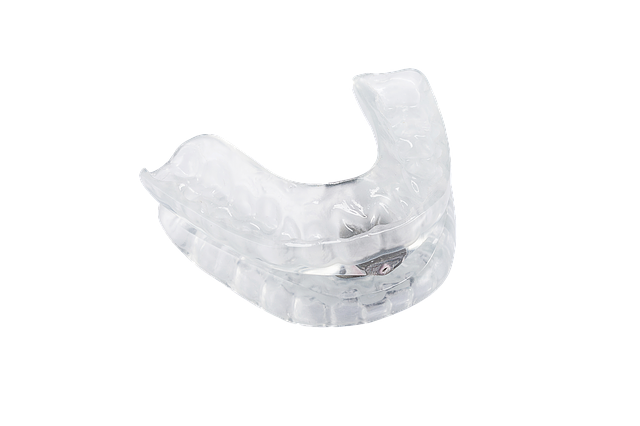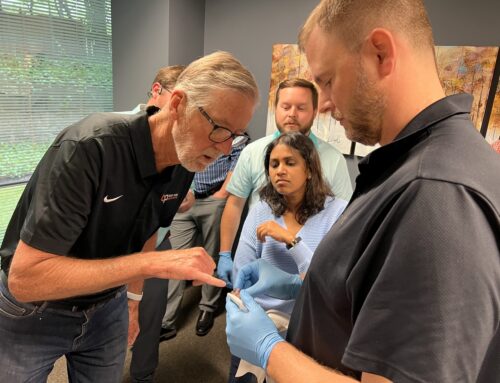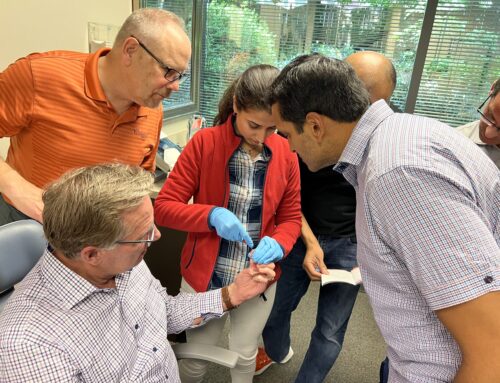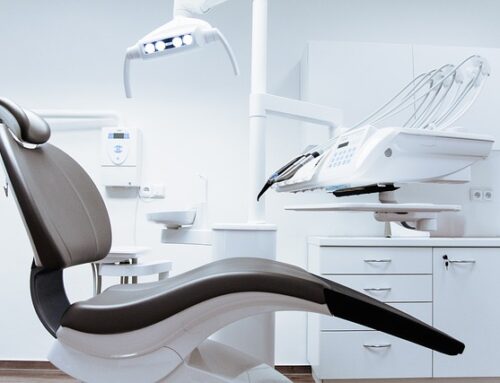Sleep-related breathing disorders are one of six classifications of sleep disorders identified in the International Classification of Sleep Disorders – Third Edition, the American Academy of Sleep Medicine’s clinical text for the diagnosis of sleep disorders, according to a recent article in the Journal of Dental Sleep Medicine.
The article states that obstructive sleep apnea (OSA) has an estimated prevalence of 12 percent, which includes both diagnosed and undiagnosed. There is also a lot of literature out there to support the use of oral appliances as an effective treatment of OSA in adults. However, limited evidence exists to suggest that mandibular advancement and maxillary expansion is an effective treatment modality for the management of pediatric OSA.
The American Academy of Dental Sleep Medicine understands there is inconsistent information about sleep medicine in U.S. schools. For this reason, they are looking to offer additional educational opportunities. This is to help improve dentists’ knowledge and experience in treating and managing OSA patients. However, there is still a lack of uniform standards for the practice of dental sleep medicine.
Current standards available
The AASM and AADSM released a clinical practice guideline for the treatment of OSA with oral appliances. The guideline was created to provide dentists with qualifications required or needed in the treatment and management of OSA.
It states that a dentist should have at least one of the following to treat sleep apnea patients:
- Diplomate certification in dental sleep medicine by a nonprofit organization.
- Designation as the dental director of a dental sleep medicine facility accredited by a nonprofit organization.
- Obtain the designation of “qualified dentist.”
While completing continuing education in dental sleep medicine, dentists must also seek diplomate and/or dental director status. The AADSM also commissioned a task force of experts to create a document defining the scope of a DSM practice.
The paper goes into clear set guidelines and standards for dentists. To learn more, check out the AADSM’s paper that sets clear guidelines for dentists.






